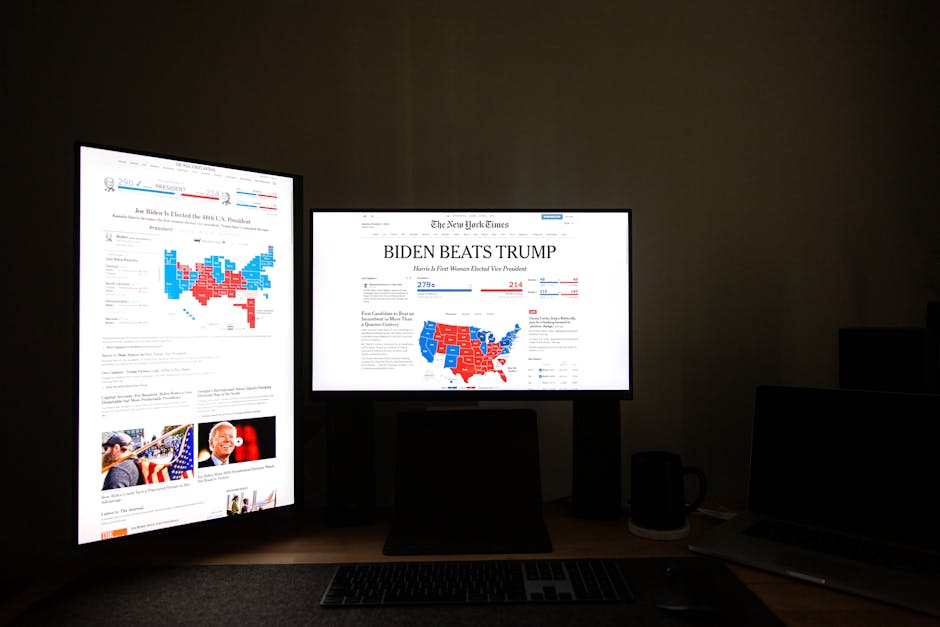The dust has settled on Bihar’s high-stakes electoral battle, and the results have redrawn the state’s political landscape. The Bharatiya Janata Party (BJP), once a junior ally in the National Democratic Alliance (NDA), has now become Bihar’s central political force. This seismic shift marks a departure from the state’s decades-old caste-driven politics, signaling a new era of governance.
BJP’s Historic Rise: The End of Caste-Centric Politics
For years, Bihar’s elections were dominated by regional parties like Lalu Prasad Yadav’s Rashtriya Janata Dal (RJD) and Nitish Kumar’s Janata Dal (United) [JD(U)]. Caste equations decided outcomes, with the BJP playing a supporting role. But the 2024 elections shattered this tradition.
The BJP’s campaign—focused on development, nationalism, and Hindutva—cut across caste lines. Upper castes, OBCs, and even sections of Dalits and EBCs rallied behind the party. This unprecedented consolidation shows that Bihar’s voters are now prioritizing governance over identity.
Decline of RJD & JD(U): Why Regional Parties Lost Ground
The RJD, long the face of Mandal politics, struggled to expand beyond its Yadav-Muslim base. Meanwhile, Nitish Kumar’s frequent alliance switches eroded trust among Kurmi and EBC voters. The Congress, a minor player, failed to fill the vacuum.
The BJP capitalized on this weakening opposition, positioning itself as Bihar’s only viable option for stability and progress.
How the BJP Won: Key Strategies Behind the Victory
The BJP’s triumph was backed by a well-executed plan:
1. Grassroots Leadership: Promoted OBC/EBC faces to shed its upper-caste image.
2. Welfare Schemes: Free rations, direct cash transfers, and infrastructure projects won rural and urban support.
3. Nationalist Narrative: Ram Mandir and national security appeals unified Hindu voters.
4. Alliance Discipline: Despite JD(U) friction, the NDA stayed intact to avoid vote-splitting.
Bihar’s Future: What to Expect Under BJP Dominance
With the BJP in charge, Bihar may see accelerated infrastructure development, job initiatives, and stricter law and order. However, challenges like unemployment and migration remain.
The JD(U)’s role is now uncertain—will Nitish Kumar accept a reduced position or attempt another alliance shift? Meanwhile, the RJD must reinvent itself to stay relevant.
Conclusion: A New Political Era for Bihar
Bihar’s political map has been reshaped, with the BJP at its core. This election proves that performance now outweighs caste in voter priorities. For the BJP, the win reinforces its pan-India dominance. For Bihar, it’s a chance—or a risk—to bet on development over identity politics.
The road to the 2025 state elections has begun, and all eyes are on whether the BJP can turn its mandate into tangible progress. One thing is clear: Bihar’s old political playbook is obsolete.




